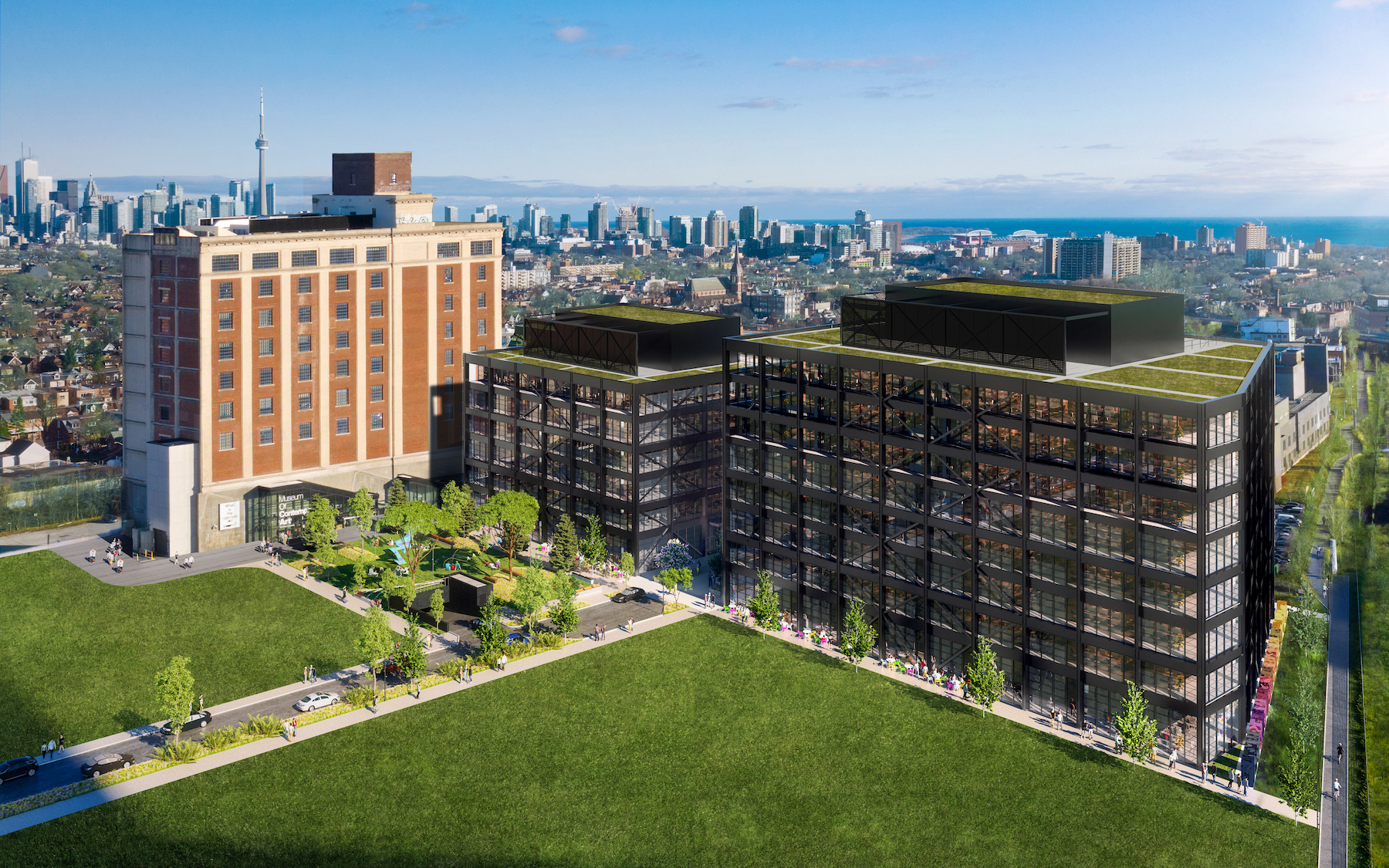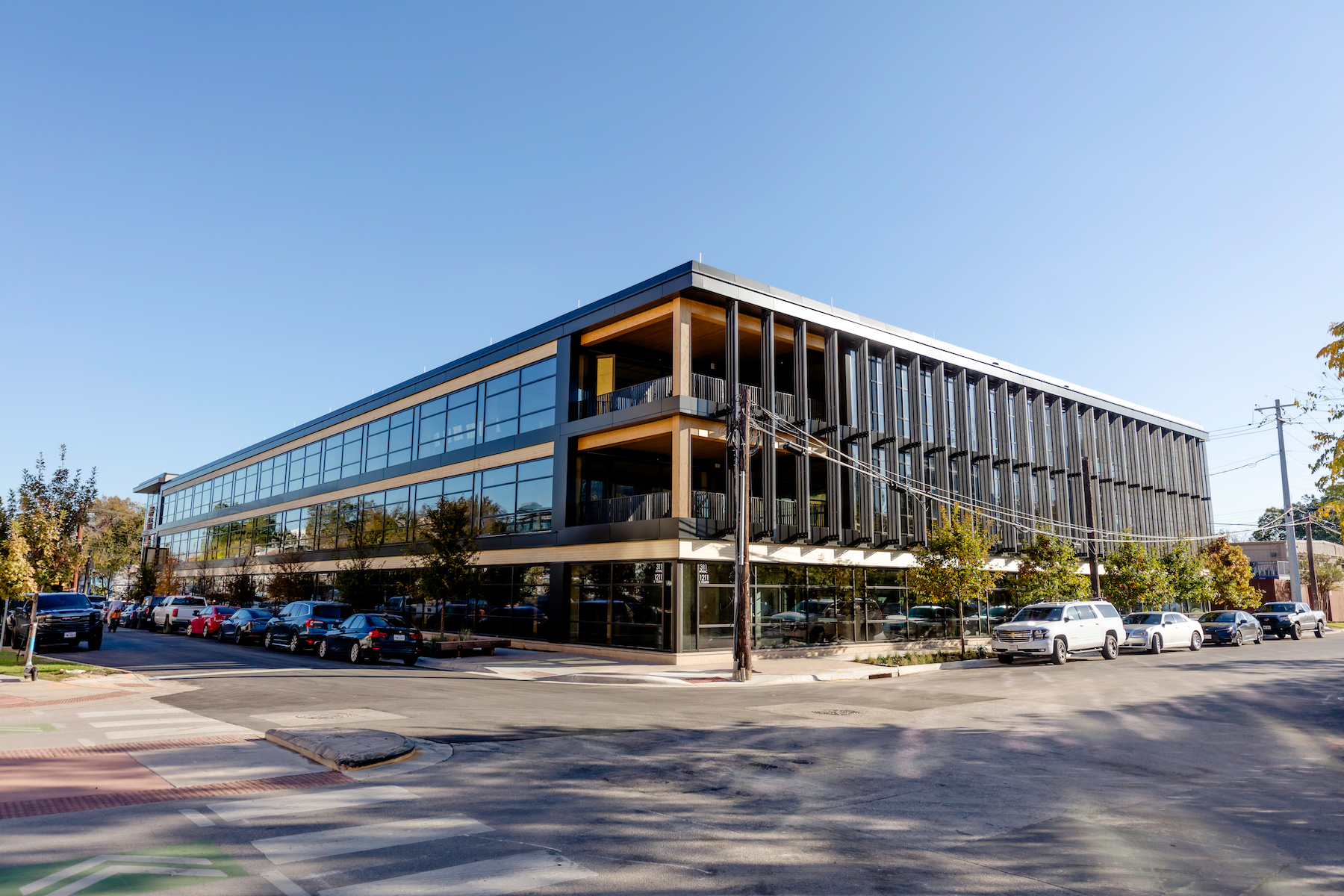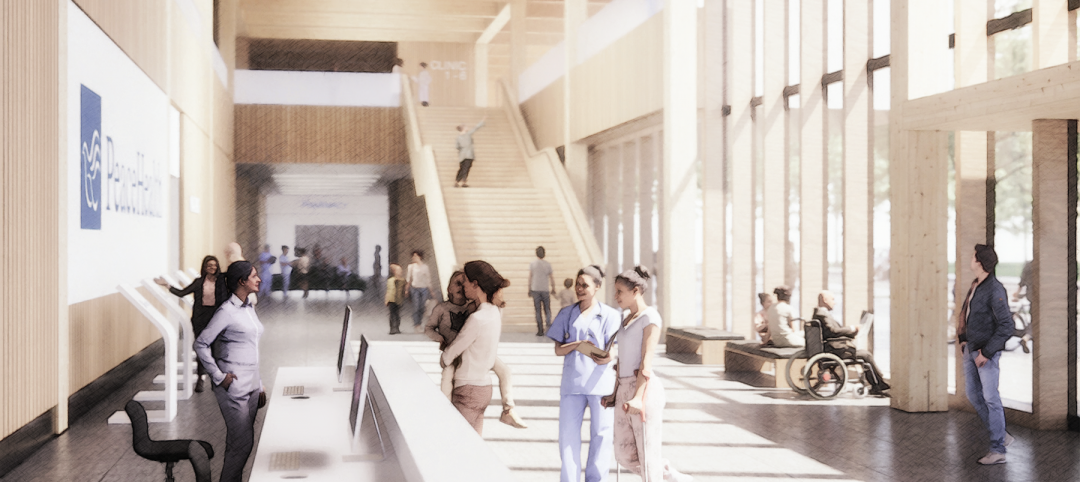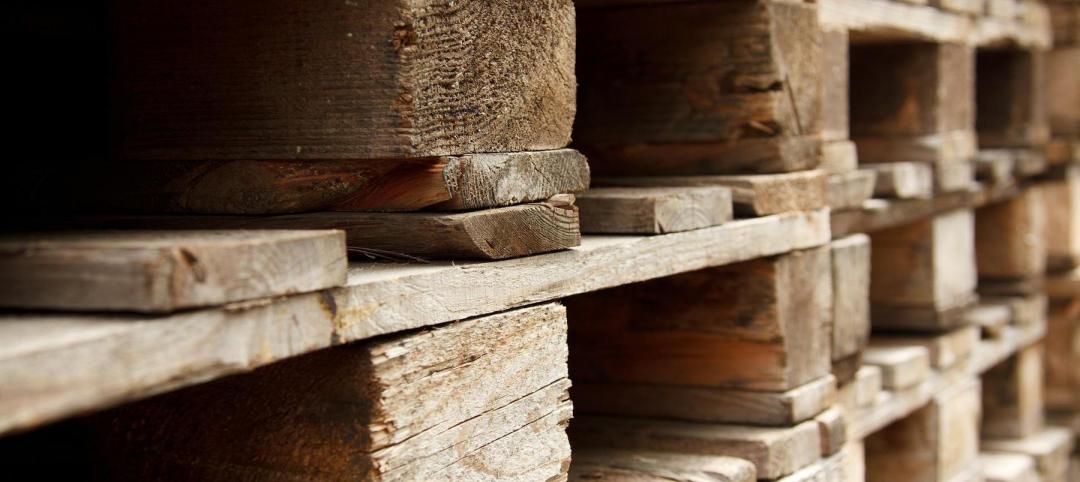On January 29, the owner/developer Hines stated that it had completed construction on a three-story, 92,000-sf office and residential building in East Austin, Texas. The building, known as T3 ATX Eastside, features mass timber as its primary construction material. It is one of 26 buildings in various stages of design, construction, or completion that subscribe to Hines’ T3 (shorthand for Timber, Transit, and Technology) concept, which the developer introduced in 2016 with the completion of a 221,552-sf, seven story office building in the North Loop neighborhood of downtown Minneapolis.
Hines currently has other T3s completed, or nearly so, in Atlanta, Nashville, Denver, and two buildings in Toronto. The East Austin building, with 15 corporate residential suites, is the first T3 to include housing. Mike Horvath, Vice President of Conceptual Construction in Hines’ Houston office, explains that the decision to include residential in future T3s will boil down to whether the building can absorb the cost premium associated with using mass timber via its rents.
Hines’ embrace of mass timber, though, is an exception. Mass timber projects might get lots of press, but they represent a sliver of total construction activity. As of December 2023, there was a total of 2,035 mass timber projects (multifamily, commercial, and institutional) in progress or built in the U.S., according to Woodworks|The Wood Building Council’s latest estimates. Last year’s bankruptcy filing by Structurlam, a leading mass timber manufacturer, after Walmart canceled a lucrative supply contract for its 350-acre Home Office campus in Arkansas, accentuated how volatile this niche can be. (Structurlam was subsequently sold to Mercer Mass Timber, North America’s largest mass timber manufacturer, for just over $8 million. According to its parent company Mercer International, Mercer Mass Timber entered 2024 with a nearly $100 million order book.)
On a positive note, building codes are becoming more receptive to using mass timber for taller buildings: the 2021 International Building Code allows mass timber to be used for Type IV-A buildings with residential and business occupancies up to 18 stories. Taller mass timber buildings in Milwaukee, Wis., and in Sweden have achieved three-hour fire ratings, and the proposed 2024 IBC includes language that removes encapsulation requirements for Type IV-B buildings up to 12 stories, an important change for a material whose purpose is as much aesthetic as structural.
Will a building’s rent offset mass timber’s premium?
“We’re bullish about mass timber, and can’t see the market moving in the opposite direction,” says Steve Cavanaugh, AIA, LEED AP, Principal and Design Lead for DLR Group in Chicago, which has been the Architect of Record on all of Hines’ T3 projects.

Cavanaugh says his firm now includes mass timber in conversations about every one of its projects. Whether DLR Group favors mass timber, he elaborates, depends on several considerations that include the scale and use of the building, code viability, and zoning. Cost is also a factor. “We spend a lot of time optimizing the structure and its financial viability and value,” says Cavanaugh.
Horvath says that while virtually all of Hines’ project teams want to use mass timber, it sometimes doesn’t pencil out cost-wise. He notes, too, that some metros, like Houston, are still building under older IBC codes that restrict the use of mass timber. (When BD+C brought up the resilient fire rating achieved by Ascent, the 25-story mass timber high rise in Milwaukee, Horvath lamented that most municipalities “aren’t reading the papers about that.”)
He adds, parenthetically, that the insurance industry hasn’t bought in completely on mass timber, either, especially in Europe.
Mass timber construction conveys a building’s authenticity
Perhaps the biggest hurdle for broader use of mass timber, says Horvath, is “knowledge and understanding. I don’t think most users have a true appreciation for the material.” That could be changing, however, as codes become more lenient, and mass timber projects attract more developers and AEC firms. Horvath points specifically to two projects—the 251,000-sf T3 Bayside in Toronto, designed by the Danish firm 3XN Architects; and the 235,000-sf, six-story T3 RiNo in Denver, designed by Pickard Chilton Architects—as being noteworthy examples of the form’s aesthetic potential.

Cavanaugh also touts mass timber’s “authenticity,” conveyed through its exposed framing and sustainable attributes.
He and Horvath believe that mass timber will gain market share as a building material, especially now that codes are catching up to market demand. And Cavanaugh thinks that over the next few years developers will arrive at mass timber’s “sweet spot” in terms of building height.
Horvath anticipates more “hybrid” buildings with combinations of mass timber, steel, and concrete. He also expects mass timber to be more prevalent in multifamily projects and in industrial construction for building types like data centers.
Related Stories
Mass Timber | Jan 30, 2023
Net-positive, mass timber building will promote research on planetary well-being in Barcelona
ZGF Architects, along with Barcelona-based firms MIRAG and Double Twist, have designed a net-positive, mass timber center for research on planetary well-being. Located in Barcelona, the Mercat del Peix Research Center will bring together global experts in the experimental sciences, social sciences, and humanities to address challenges related to the future of the planet.
Mass Timber | Jan 27, 2023
How to set up your next mass timber construction project for success
XL Construction co-founder Dave Beck shares important preconstruction steps for designing and building mass timber buildings.
Mass Timber | Dec 1, 2022
Cross laminated timber market forecast to more than triple by end of decade
Cross laminated timber (CLT) is gaining acceptance as an eco-friendly building material, a trend that will propel its growth through the end of the 2020s. The CLT market is projected to more than triple from $1.11 billion in 2021 to $3.72 billion by 2030, according to a report from Polaris Market Research.
| Sep 13, 2022
California building codes now allow high-rise mass-timber buildings
California recently enacted new building codes that allow for high-rise mass-timber buildings to be constructed in the state.
Mass Timber | Aug 30, 2022
Mass timber construction in 2022: From fringe to mainstream
Two Timberlab executives discuss the market for mass timber construction and their company's marketing and manufacturing strategies. Sam Dicke, Business Development Manager, and Erica Spiritos, Director of Preconstruction, Timberlab, speak with BD+C's John Caulfield.
| Aug 8, 2022
Mass timber and net zero design for higher education and lab buildings
When sourced from sustainably managed forests, the use of wood as a replacement for concrete and steel on larger scale construction projects has myriad economic and environmental benefits that have been thoroughly outlined in everything from academic journals to the pages of Newsweek.
Mass Timber | Jun 29, 2022
Mass timber competition: building to net-zero winning proposals
The 2022 Mass Timber Competition: Building to Net-Zero is a design competition to expand the use of mass timber in the United States by demonstrating its versatility across building types and its ability to reduce the carbon footprint of the built environment.
Mass Timber | Jun 2, 2022
Brooklyn is home to New York City’s first mass timber condo building
In the Brooklyn neighborhood of Park Slope, the newly completed Timber House is New York City’s first mass timber condominium building and its largest mass timber project (by height and square footage).
Mass Timber | May 31, 2022
Tall mass timber buildings number 139 worldwide
An audit of tall mass timber buildings turned up 139 such structures around the world either complete, under construction, or proposed.
Mass Timber | Mar 8, 2022
Heavy timber office and boutique residential building breaks ground in Austin
T3 Eastside, a heavy timber office and boutique residential building, recently broke ground in Austin, Texas.

















